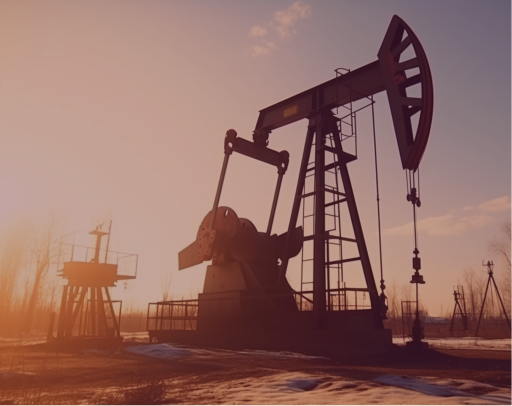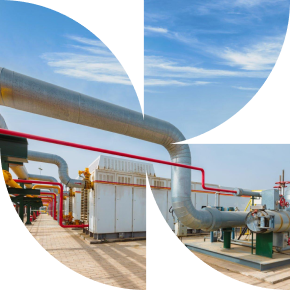- Schedule. Sun- Thu: 09am - 06pm
Oil & Gas Energy

Best innovations in Oil & Gas Energy
In the oil and gas energy sector, notable innovations abound. Advanced seismic imaging technologies have greatly enhanced the precision of subsurface mapping, aiding in more accurate reservoir detection and drilling optimization.
Hydraulic fracturing, or fracking, has transformed the extraction process from unconventional sources like shale, significantly boosting production rates. Enhanced oil recovery techniques, such as carbon dioxide and steam injection, extract additional oil from mature fields, prolonging their productive lifespan. Digital oilfield solutions integrate data analytics and real-time monitoring to streamline operations, reduce costs, and improve safety. Subsea production systems enable offshore drilling and processing, minimizing environmental impact and accessing deeper reservoirs. Moreover, the integration of renewable energy sources like solar and wind power underscores a shift towards sustainability and diversification within the industry.
Planning & Strategy
Planning and strategy in the oil and gas energy sector are critical for ensuring efficient operations and sustainable growth.
- Risk Assessment
- Asset Optimization
- Market Analysis
- Long-Term Planning
- Environmental Sustainability
- Diversification
Key elements include comprehensive risk assessment to mitigate potential hazards and ensure regulatory compliance. Strategic asset management involves optimizing the utilization of resources, including equipment, personnel, and reserves, to maximize productivity and profitability. Long-term planning considers market trends, geopolitical factors, and technological advancements to anticipate future challenges and opportunities.
Planning & Strategy
Environmental sustainability is also a central consideration, with strategies aimed at minimizing carbon emissions, reducing environmental impact, and promoting responsible resource extraction practices. Additionally, diversification efforts into renewable energy sources and alternative fuels are increasingly important for long-term viability and resilience in a rapidly evolving energy landscape.
Questions? You’re covered
The primary sources of energy in the oil and gas industry include crude oil, natural gas, and refined petroleum products. These resources are extracted from underground reservoirs and play a vital role in meeting global energy demands.
Technological innovation has revolutionized the oil and gas industry by introducing advanced drilling techniques, such as horizontal drilling and hydraulic fracturing (fracking), which allow for increased production from unconventional reservoirs. Additionally, innovations in data analytics, automation, and robotics have enhanced operational efficiency and safety by optimizing processes and reducing human intervention in high-risk environments.
Oil and gas companies are increasingly investing in renewable energy technologies, such as solar, wind, and biofuels, to diversify their energy portfolios and reduce their carbon footprint. Additionally, many companies are implementing carbon capture and storage (CCS) technologies to mitigate greenhouse gas emissions from their operations. Furthermore, initiatives focused on energy efficiency, waste reduction, and ecosystem conservation are being implemented to minimize environmental impact throughout the entire value chain of oil and gas production.
We are always ready to help you and answer your questions

